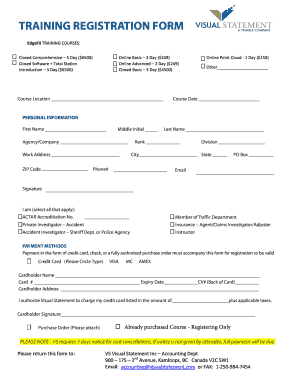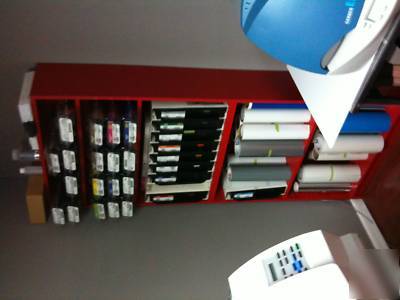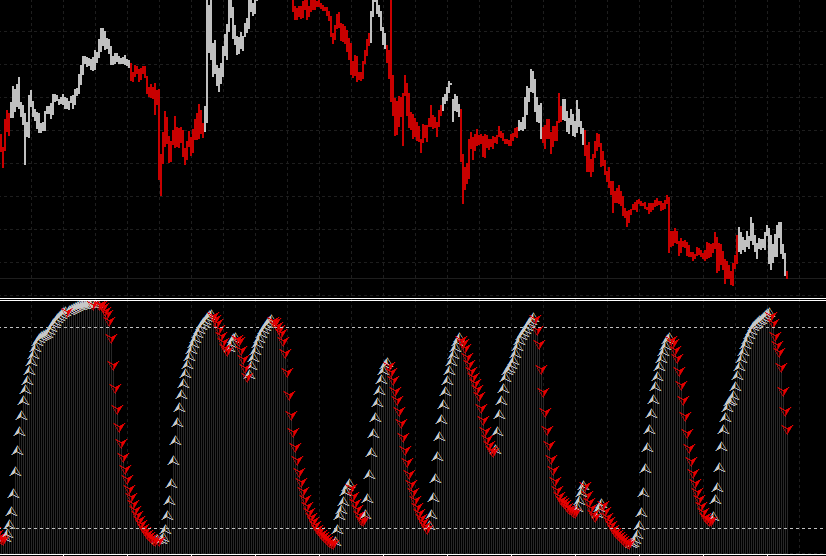
The term LCD stands for “Liquid Crystal Display” is made use of different types of devices like from small display devices to large display devices like calculator, TVs, etc. The advantages of the LCD display include size, low cost, power efficiency, etc. LCD display modules are usually found in all types of embedded devices. These displays even though look simple, but it is really hard to make it work. This display works with voltage pulses only with specific timing and also voltage levels. Hence special types of LCD drivers are implemented to drive the display. LCD module can be formed with two or more types of driver ICs together with the LCD screen which is normally found in embedded systems. This module makes a system separate which can take i/p and display the equivalent output. This specific project determines LCD interfacing with Arduino board.
August 1, 2018 by edgefx Leave a Comment. The energy crisis in India is one of the major problems. Transmission of an effective power, as well as power utilization of this power, is one of the major problems. The power factor is the hidden factor, which causes a great loss of electrical energy and also harms electrical tools. Tarun Agarwal is the Chief Operating Officer at Edgefx Technologies Pvt Ltd. He has 8 years of experience in Customer Support, Operations and Administration. He has 8 years of experience in Customer Support, Operations and Administration.
LCD interfacing with Arduino
In several Arduino-based embedded systems, LCDs plays an essential role.This article discusses LCD interfacing with Arduino. The LCD module used in this is JHD162A, which is a 16×2 LCD module based on the HD44780 driver. This module has 16-pins and can be functioned in 4-bit mode or 8-bit mode. Here we are using the LCD module in 4-bit mode. Before going into the details of this project, let’s have a look at the LCD module.
LCD Interfacing with Arduino
Pin Diagram of LCD Module
The LCD module (JHD162A) has 16 -pins and can be worked in 4-bit mode (or) 8-bit mode. The proposed system uses the LCD module in 4-bit mode. Before going into the specifics of the project, let’s have a look at the LCD module. The representation of a JHD162A LCD pin configuration is shown below.
The term and the functions of every pin of the LCD module are discussed below.
- Pin-1 (Vss): GND pin of the LCD module.
- Pin-2 (Vcc): Power (+5V supply) to LCD module
- Pin-3 (VEE): Contrast adjustment pin, Logic this is done by connecting the terminals of a 10K potentiometer to Vcc and GND, then connecting the slider pin to the VEE-pin. The voltage at the VEE-pin describes the difference. The usual setting is between 0.4 & 0.9V.
- Pin-4 (RS- Register select pin): The JHD162A has 2-registers such as data register and command regisThe logic high at RS-pin chooses data register and logic low at RS-pin chooses command register. If we make the RS -pin HIGH and feed an i/p to the DB0 to DB7 (data lines), this i/p will be treated as data to show on the LCD screen. If we make the RS -pin low and feed an i/p to the data lines, then this will be treated as a command.
- Pin-5 (R/W- Read/Write modes): This pin is used for choosing between Read & Write modes. Logic HIGH at this pin actuates read mode and logic LOW at this pin actuates write mode.
- Pin-6 (E-enable): This pin is meant for permitting the LCD module. A high to the low signal at this pin will permit the module.
- Pin7 to Pin14 (DB0-DB7): These are data pins. The instructions and data are fed to the LCD module, though these data pins.
- Pin-15 (LED+): Anode of the back LED light. When operated at 5V, a 560-ohm resistor should be associated in series with this pin. In Arduino based projects, the back LED light can be power-driven from the 3.3V source on the Arduino board.
- Pin-16 (LED-): This is the Cathode terminal of the backlight LED.
Circuit diagram – Interfacing LCD with Arduino
The circuit diagram of interfacing LCD to Arduino for displaying a text message is shown below. The connections which are completed for LCD are given below:

Edge Fx software, free download
Interfacing LCD with Arduino Circuit Diagram
The RS-pin of the LCD module is linked to digital pin-12 of the Arduino board. Read or Write pin of the display is grounded. Enable pin of the LCD module is connected to digital pin-11 of the Arduino board. In this project, the LCD module & Arduino board are interfaced in the 4-bit mode. This means only four of the digital i/p lines( DB4-DB7) of the display are used. This technique is very simple, needs fewer connections and you can almost utilize the full potential of the LCD module.

Digital lines (DB4, DB5, DB6 and DB7) are connected to the digital pins 5, 4, 3 and 2 of the Arduino board. The 10K potentiometer is used for regulating the difference of the display. Resistor R1 stop the current flow through the backlight LED. The Arduino board can be powered through the exterior power jack offered on the Arduino board. The required voltage in some other parts of the circuit can be selected from the 5V source on the Arduino board. This board can also be powered from the personal computer through the USB port. The full program for interfacing LCD to Arduino board is shown below.
// include the library code:
#include <LiquidCrystal.h>
// initialize the library with the numbers of the interface pins
LiquidCrystal LCD(12, 11, 5, 4, 3, 2);
void setup() {
// set up the LCD’s number of columns and rows:
lcd.begin(16, 2);
// Print a message to the lcd.
lcd.print(“hello, world!”);
}
void loop() {
// Turn off the display:
lcd.noDisplay();
delay(500);
// Turn on the display:
lcd.display();
delay(500);
}
Thus, this is all about LCD interfacing with Arduino.We hope that you have got a better understanding of this concept. Furthermore, any doubts regarding this concept or to implement Arduino based projects, please give your valuable suggestions by commenting in the comment section below.Here is a question for you, What is the function of Arduino board?
Our extensive library features safety, properties and fabrication guides for sheet and polymers
 VISIT DOWNLOADS & SPECS
VISIT DOWNLOADS & SPECS
Edgefx software download, free
FIND THE RIGHT PLASKOLITE PRODUCT
We pride ourselves on finding the solution you need, not just what we have in stock. From run-to-size and color matching to toll coating services and custom impact modified blends, you’ll get the right sheet or polymer for your unique job.
LEARN MOREWe pride ourselves on finding the solution you need, not just what we have in stock. From run-to-size and color matching to toll coating services and custom impact modified blends, you’ll get the right sheet or polymer for your unique job.
LEARN MOREPlaskolite sells through plastics distributors and many of our products can also be found at your local DIY or hardware store
CONTACT USPLASKOLITE THROUGH THE YEARSSince 1950, our goal has always been to deliver flawless thermoplastic sheet, coatings and polymers to the world thru long-lasting relationships and hands-on customer service.
ABOUTQUESTIONS?
If you're a distributor, fabricator, designer, we'd love to hear from you . Call us at 1-800-848-9124 for immediate assistance.